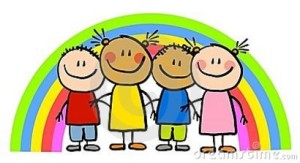The following are red flags of LD in older children, adolescents and adults:
Grade School
-Reverses letter sequences (soiled/solid, left/felt)
-Slow to learn prefixes, suffixes, root words, and other spelling strategies
-Avoids reading aloud
-Trouble with word problems
-Difficulty with handwriting
-Awkward, fist-like, or tight pencil grip
-Avoids writing assignments
-Slow or poor recall of facts
-Difficulty making friends
-Trouble understanding body language and facial expressions
High School Students and Adults
-Continues to spell incorrectly, frequently spells the same word differently in a single piece of writing
-Avoids reading and writing tasks
-Trouble summarizing
-Trouble with open-ended questions on tests
-Weak memory skills
-Difficulty adjusting to new settings
-Works slowly
-Poor grasp of abstract concepts
-Either pays too little attention to details or focuses on them too much
-Misreads information
Children and adolescents who exhibit a combination of these behaviors have a good chance of having a learning disability. When this happens it is best to consult your child’s pediatrician or a developmental pediatrician or a child psychologist. It is difficult to get an appointment especially with a developmental pediatrician, so as soon as you suspect LD, make an appointment with one already. In the meantime, you can also talk to your child’s teacher(s) regarding their own observations and recommendations.
Children with learning problems are often referred to a psychologist for a psychoeducational or neuropsychological assessment. The referrals usually come from developmental pediatricians or teachers/schools. What the assessment does is to determine the level of cognitive functioning (IQ) and achievement levels in reading, math, spelling and writing. A learning disability is identified when the achievement level in a specific area of learning is significantly lower than the IQ (which, at the very least, would be in the average range).





